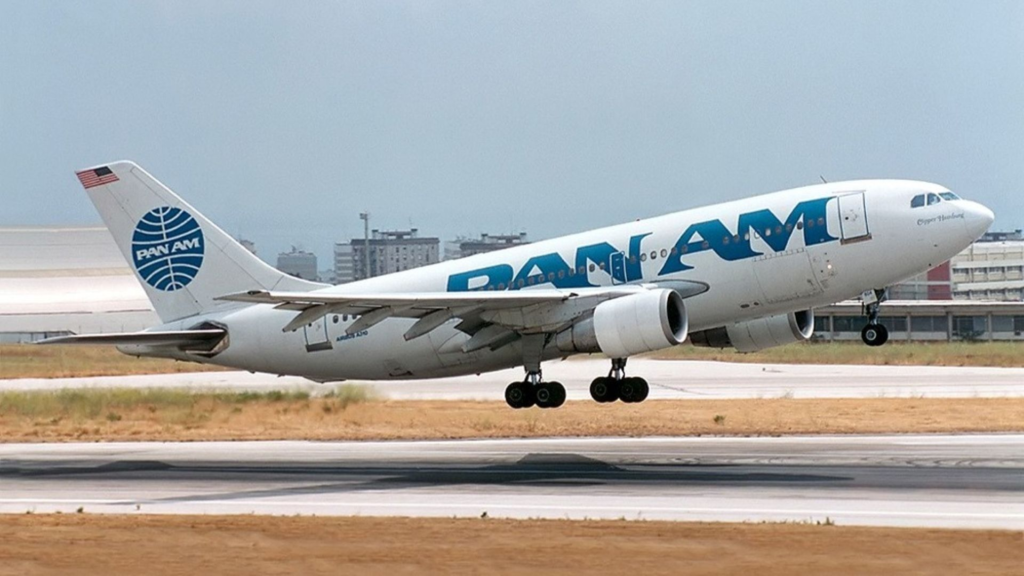The proposed revival of legendary carrier Pan American World Airways has just reached a new milestone. Aviation Week is reporting that the new carrier has formally started FAA certification, a major step towards real operations. The startup’s leadership confirmed that the airline is working through all of the rigorous steps to obtain Part 121 certification, hoping to possibly commence operations in 2026.
Reviving Pan Am has been a decades-long dream for some in aviation. The modern iteration seeks to blend heritage branding with modern fleet, network planning, and business models. For the relaunch to succeed, regulatory certification is among the biggest hurdles: safety, operations, maintenance, crew training, manuals, procedures, and oversight must all clear high bars.
Pan Am Is Beginning FAA Certification
Aviation merchant bank and consulting firm Avi8 Air Capital and Pan American Global Holdings, owner of the Pan Am name rights, have come together to begin FAA certification for a revived Pan Am. The two entities have been collaborating since June to determine the economic feasibility of restarting the legendary airline, which went out of business in 1991.
The partners recently announced that they had completed a business plan for the startup. Beginning the FAA certification process means Pan Am must submit a detailed application, including said business plan, along with its safety management system, maintenance program, and crew training programs. The FAA will review, question, and inspect each part. Only after these are accepted can Pan Am move to the next steps, such as proving flights, audits, and operational readiness.
In parallel, the new Pan Am must recruit and train qualified crews, such as pilots, flight attendants, and dispatchers. It will also need to set up maintenance infrastructure, either by developing it on its own or contracting it out. The new Pan Am will also need to establish quality control, maintenance documentation, safety oversight, and emergency procedures, all in compliance with FAA regulations.
The Challenges Ahead For The New Pan Am
The carrier will need to be mindful of its finances. As a startup, it has no revenue, and certification costs can be immense. Staffing, regulatory fees, training, simulators, safety audits, and aircraft lease or purchase costs all add up. If funding or capital is insufficient, the new Pan Am may encounter delays that could kill the carrier before a single flight.
Even if it receives certification, that’s where the real fight begins. Entering the US airline market today means competing against established carriers, like
Regulatory scrutiny will be intense. The FAA, which has come under fire in recent years on a perceived lack of oversight in multiple areas, will be sure to closely inspect every aspect of the start-up’s operating model to ensure compliance. Delays are highly likely, and if Pan Am can get up and running, it will likely be years before the airline can make meaningful gains in marketshare and start making money.
What’s The Plan For The New Pan Am
Pan Am is working towards a Part 121 certificate, which governs companies operating large transport aircraft. Beyond this, however, little has been said about what the new Pan Am will actually look like. The company intends to be headquartered in Miami, and plans to fly Airbus aircraft. Its business model, fleet makeup, and network remain to be seen.
As a startup, the airline has little capital to purchase brand-new airliners, and new planes are also in short supply. As such, it’s likely that these will either be leased planes or purchased on the second-hand market. As for the type, these will likely either be Airbus A320ceo aircraft or Airbus A330ceo arcraft, depending on whether the new carrier wants to focus on short-haul or long-haul operations.
Applying for a Part 121 certification doesn’t mean that Pan Am intends to operate regularly scheduled services. Companies like Omni Air International or the current iteration of Eastern Airlines operate charter flights, yet they hold Part 121 certificates due to the size of the planes that they operate. As such, it remains to be seen what the new Pan Am will actually look like, and whether it will even be an airline that you can book tickets on instead.


